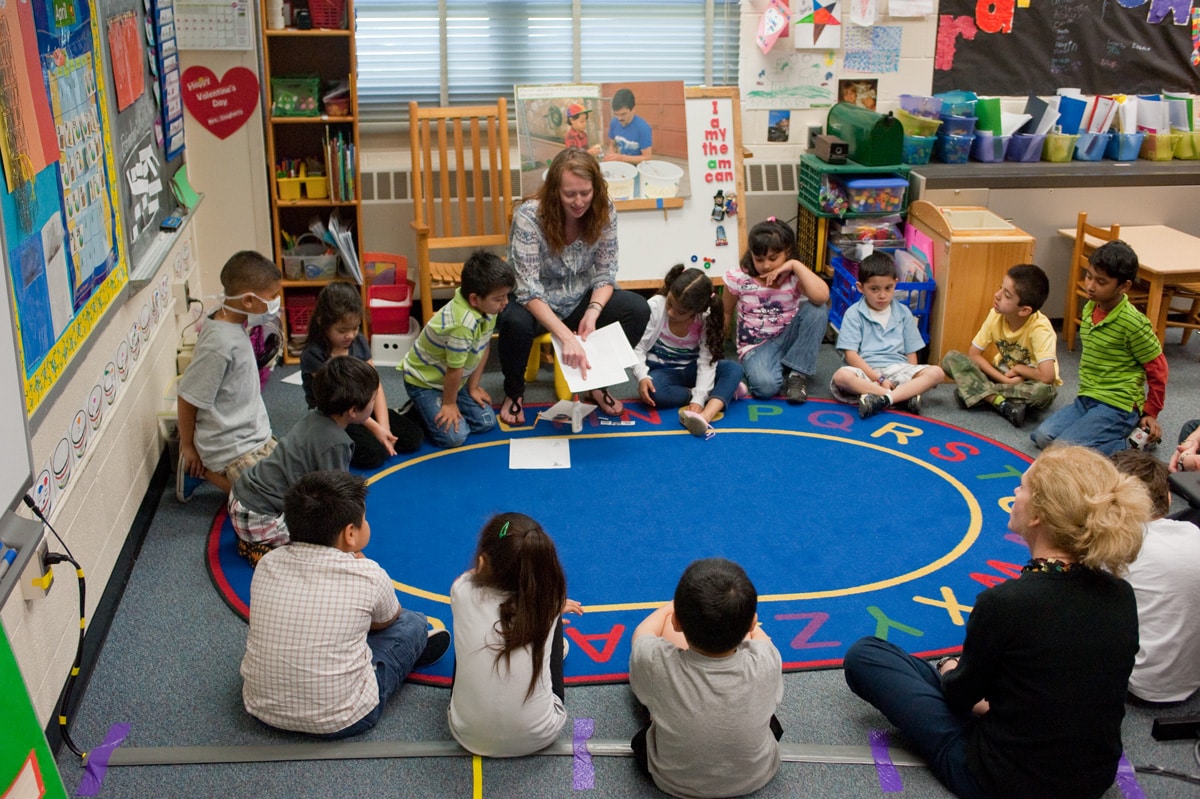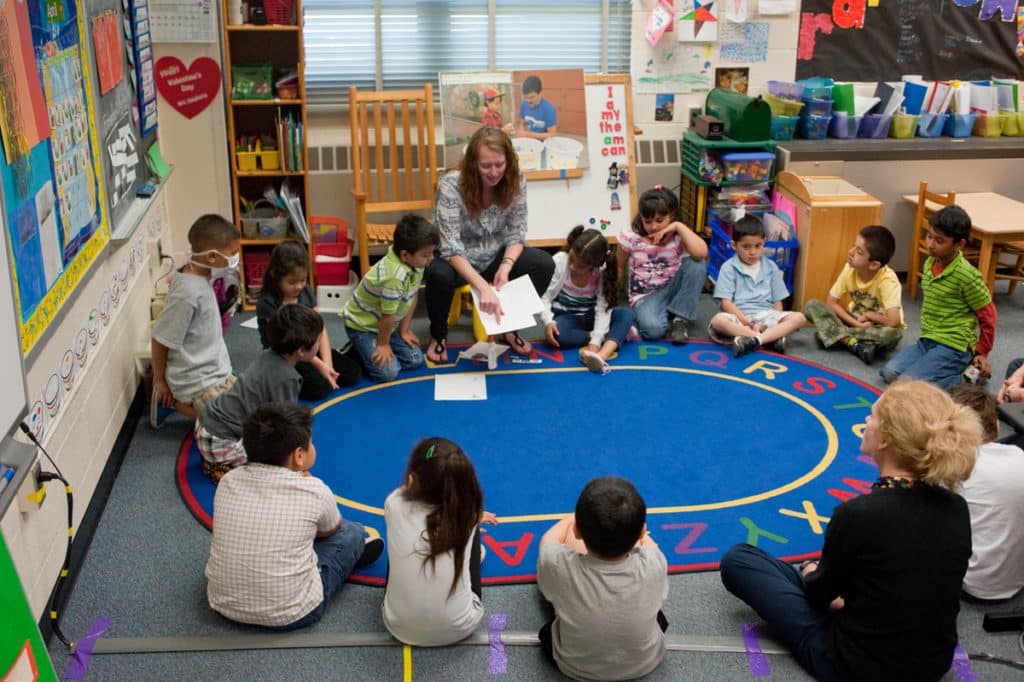Bullying We Ignore

 Louis announces, “Paul’s feet smell, eww.” His classmates laugh, and his teacher goes on teaching. “Look at your ugly lunch,” “You have on boys’ socks,” “Your hair is nappy and you’ll never get a boyfriend.” These are all things I’ve heard children say to each other in school, in the presence of adults. No one intervened.
Louis announces, “Paul’s feet smell, eww.” His classmates laugh, and his teacher goes on teaching. “Look at your ugly lunch,” “You have on boys’ socks,” “Your hair is nappy and you’ll never get a boyfriend.” These are all things I’ve heard children say to each other in school, in the presence of adults. No one intervened.
Before I understood the cycle of bullying, I, too, sometimes ignored mean comments I overheard about bodies, food, or gender non-conformity. Now I understand that when adults see children indulge in small, mean behaviors, it’s important that we stop them quickly, firmly, and respectfully. These are the sort of “gateway” behaviors that may escalate into full blown bullying. It’s a lot easier to redirect one nasty comment than to turn around a pattern of cruelty that grows over time.
Barbara Coloroso, the author of The Bully, the Bullied and the Bystander, writes about this cycle of violence: A child “accidentally” brushes up against a schoolmate. Next the child tries out hurtful names. In classrooms, play yards, cafeterias, and hallways this happens every day. It seems innocuous, but when no one stops these aggressive behaviors, they may escalate rapidly into systematic exclusion or outright assaults. Nearly every expert on bullying describes this cycle. (To learn more about the ways that unkind words can lead to deeply hateful behaviors, I recommend Stephen Wessler’s book, The Respectful School, in which he describes his experiences working for the Maine Attorney General’s office, prosecuting hate crimes perpetrated in schools.)
Why do educators ever let mean behavior go? When I was a beginning teacher, a school psychologist told me, “If you ignore it, it will go away.” Maybe this is not just wishful thinking, but in my experience none of the behaviors I ignored actually went away. Other comments I’ve heard frequently are “Aren’t their friendships up to them?”, “Recess time is for children to relax and do what they want,” or “They’ve worked hard all morning; shouldn’t they be allowed to have free time at lunch?”
Bullying is about an imbalance of power. Socially powerful children sometimes assert their power with mean behaviors. Children who want to be more socially powerful try out mean behaviors to see if they can gain social traction. If we educators step back and ignore these behaviors, the battle for social power prevails. The “free time” so that children can “do what they want” will be taken over by exclusion, hurtful behaviors, and overall lack of safety.
By paying attention, we can nip small, mean behaviors in the bud. A firm and respectful statement, “That’s not kind,” is enough if we use it quickly. We can create classrooms and schools that are safe, joyful, and engaging. It’s up to us.
Caltha Crowe is a Responsive Classroom consulting teacher with nearly forty years of experience teaching elementary school students and twenty years of experience mentoring new teachers. She is the author of three books: Sammy and His Behavior Problems, Solving Thorny Behavior Problems, and How to Bullyproof Your Classroom.
How to Bullyproof Your Classroom, offers a practical, proactive approach to bullying prevention. Learn how to create a positive classroom environment and how to respond to mean behavior before it escalates into bullying.
https://www.responsiveclassroom.org/product/how-to-bullyproof-your-classroom/
“Teacher-friendly from start to finish!” —Martha Hanley, Grafton, MA
Tags: Bullying